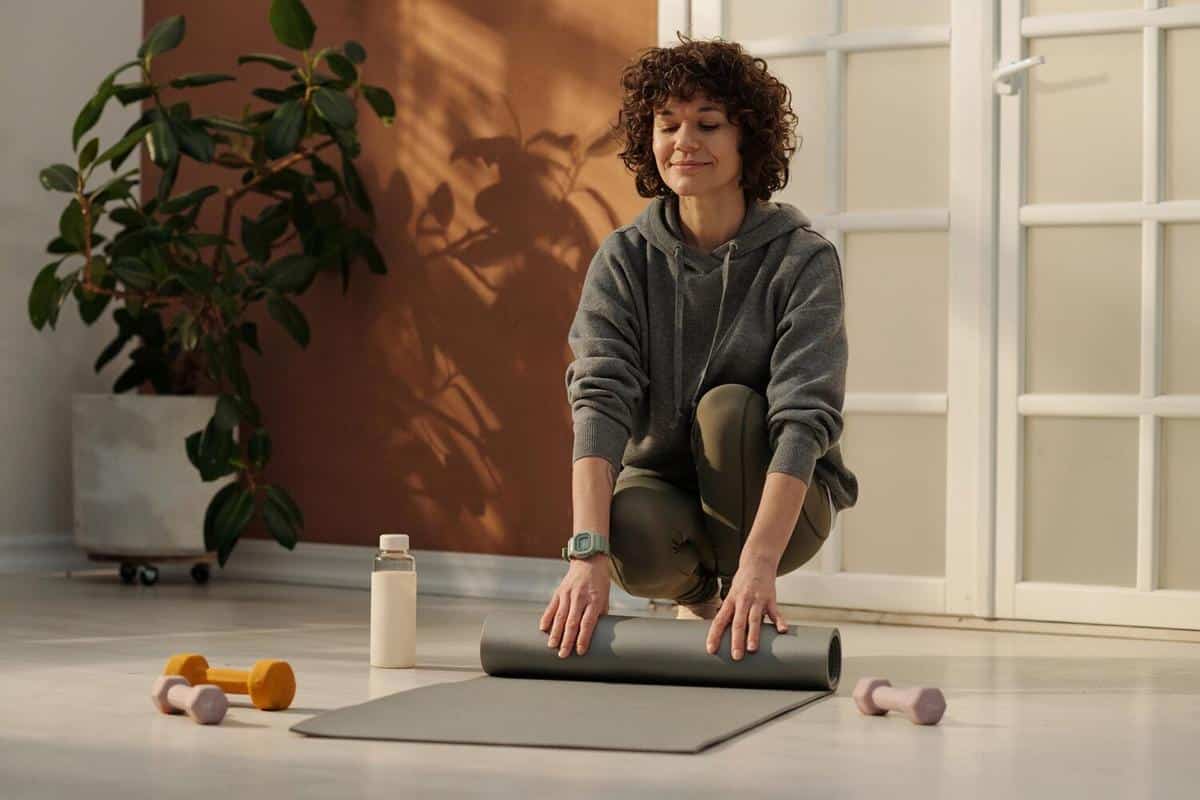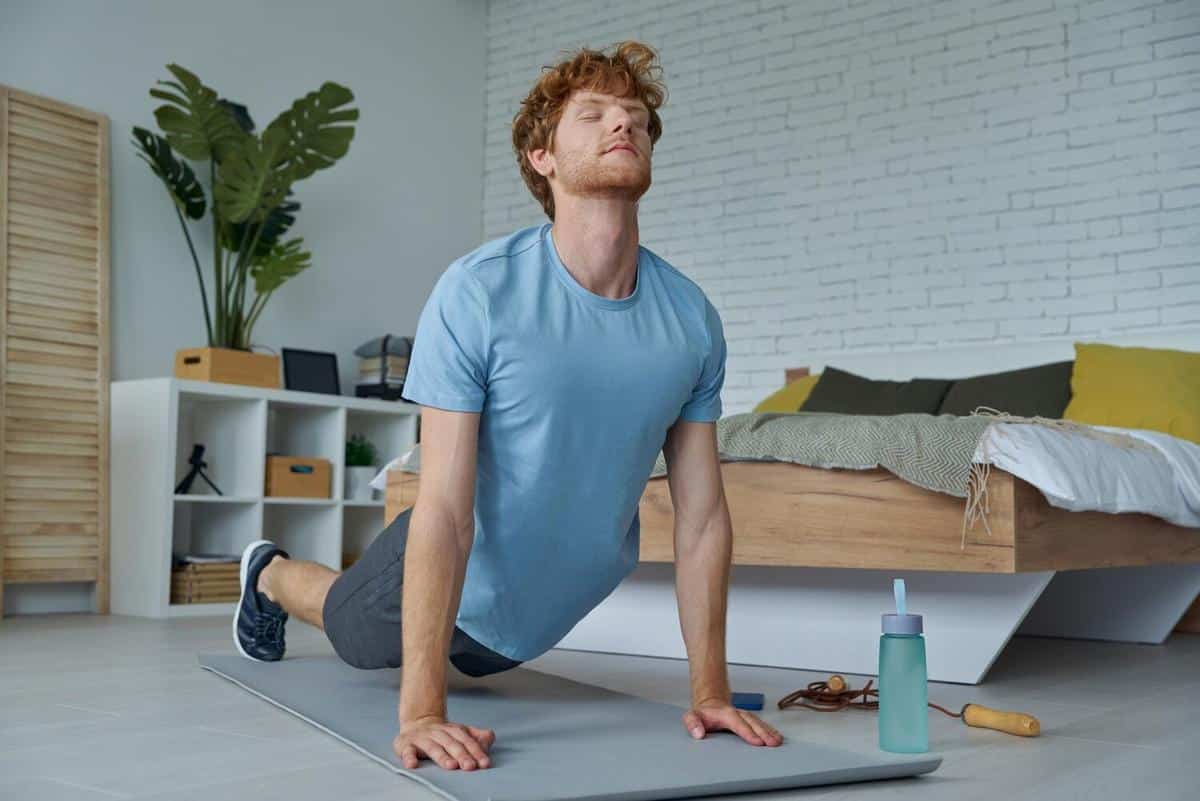
Combining Mind and Body: The Principles of Pilates
Pilates, a fitness regime developed in the early 20th century, is not just about physical exercise—it’s a holistic approach that harmonizes mind and body. As more people seek balance in their hectic lives, Pilates offers a pathway to improved physical health and mental clarity.
The Core Principles of Pilates
Pilates focuses on several core principles that guide its practice: concentration, control, centering, flow, precision, and breathing. These principles work together to ensure each movement is deliberate and effective, promoting overall well-being.
Expert Insights
Joseph Pilates, the founder of this method, famously stated, “Physical fitness is the first requisite of happiness.” His approach combines elements of yoga, martial arts, and Western forms of exercise to create a comprehensive workout.
Research and Statistics
According to a study published in the Journal of Sports Science & Medicine, individuals practicing Pilates reported improved flexibility, core strength, and posture. Furthermore, Pilates has been shown to enhance mental health by reducing stress and anxiety.
Real-Life Experiences
Emily, a long-time practitioner, shares, “Pilates transformed not just my body, but my mindset. The focus on controlled breathing and precise movements taught me mindfulness, which I apply to all areas of my life.”
Actionable Tips for Beginners
- Start with basic movements to build your confidence and understanding.
- Focus on your breathing to connect mind and body.
- Consider taking a class with a certified instructor to ensure proper form.
- Gradually increase the intensity as you become more comfortable with the exercises.
Table of Pilates Exercises and Benefits
| Exercise | Primary Benefit |
|---|---|
| The Hundred | Improves circulation and core strength |
| Roll-Up | Enhances spinal flexibility |
| Leg Circles | Increases hip mobility |
| Swan Dive | Strengthens the back muscles |
| Plank | Builds overall body strength |
| Single Leg Stretch | Stretches and tones abdominal muscles |
| Criss-Cross | Targets oblique muscles |
| Side Kick Series | Tones and strengthens the legs |
FAQs on Pilates Practice
How often should I practice Pilates?
For optimal results, aim for at least 2-3 sessions per week.
Is Pilates suitable for all ages?
Yes, Pilates can be adapted for individuals of all ages and fitness levels.
Can Pilates help with back pain?
Many find relief from back pain through Pilates’ focus on core strength and alignment.
Conclusion
Pilates offers a unique blend of physical and mental benefits, making it a valuable addition to any fitness routine. By embracing its principles, you can cultivate a stronger body and a more focused mind. Whether you’re just starting out or looking to deepen your practice, the journey of Pilates promises rewarding results.


